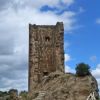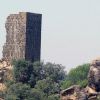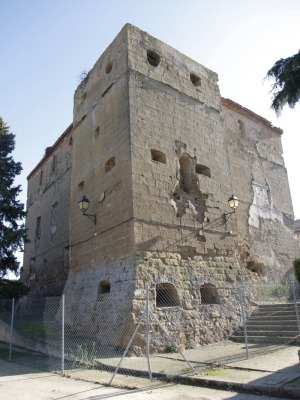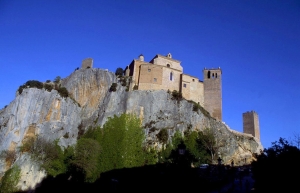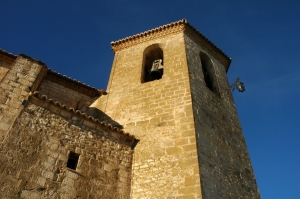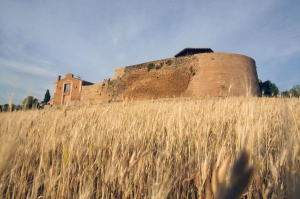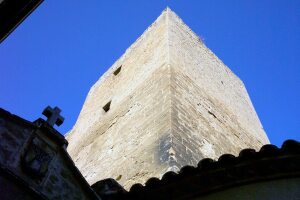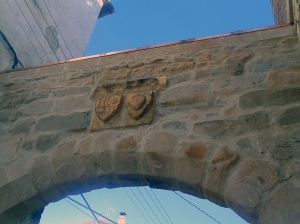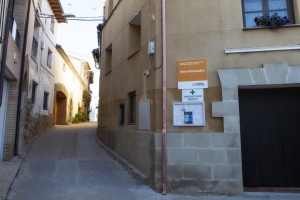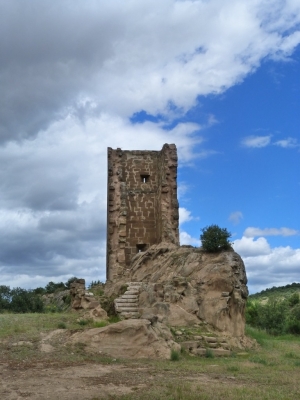In Somontano there are remains of numerable defensive constructions such as walls and rock platforms with notches and putlog holes. These are testimony to the struggle between Islam and the Kingdom of Aragón for the control of the territory during the 11th and 12th centuries.
These castles and fortifications, often just a simple tower with a small enclosure, provided the means for scouting parties to gain ground as they advanced. Because of this they are located in entrances to river valleys and canyons, which were used for communication.
The 12th century Farnagüelo or Fernanvel Castle rises from a sandstone promontory at a height of 525 metres. It provided visual control of movement and communication between villages in the La Clamor canyon (Azlor, Azara and Peraltilla), the Vero Valley and the Sierra de Guara.
These small castles were small and very basic but contained everything they needed to resist besiege. Almost all had a fireplace, chapel, accommodation, primitive toilets, water tanks and food storage. The tower had limited interior space. It was constructed with a double wall made of ashlars and filled with boulders and mortar. Although robust there are currently only three walls still standing. Excavations have revealed the existence of a fortified enclosure that occupied the rocky platform and surrounded the tower.
Also uncovered was a staircase with ten steps made from lime-based concrete from a later period as well as a number of ceramic items from the 15th and 16th centuries; glasses, vessels, jugs and pots for storing liquids and food.
No evidence of a violent destruction or fire has been discovered, so it is unlikely that it was destroyed during battle. The absence of material in this area indicates that at some point the tower was abandoned through disuse.



